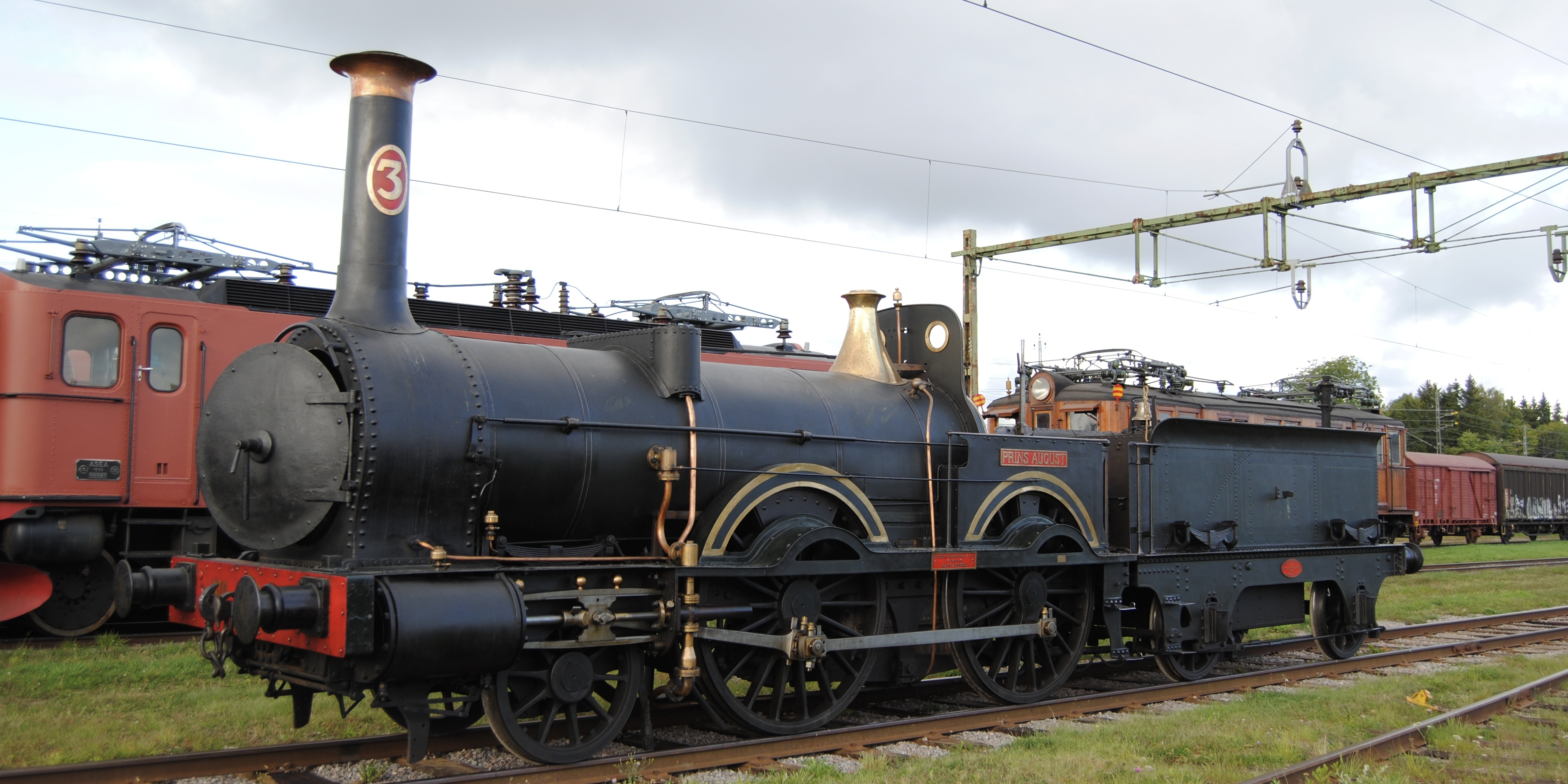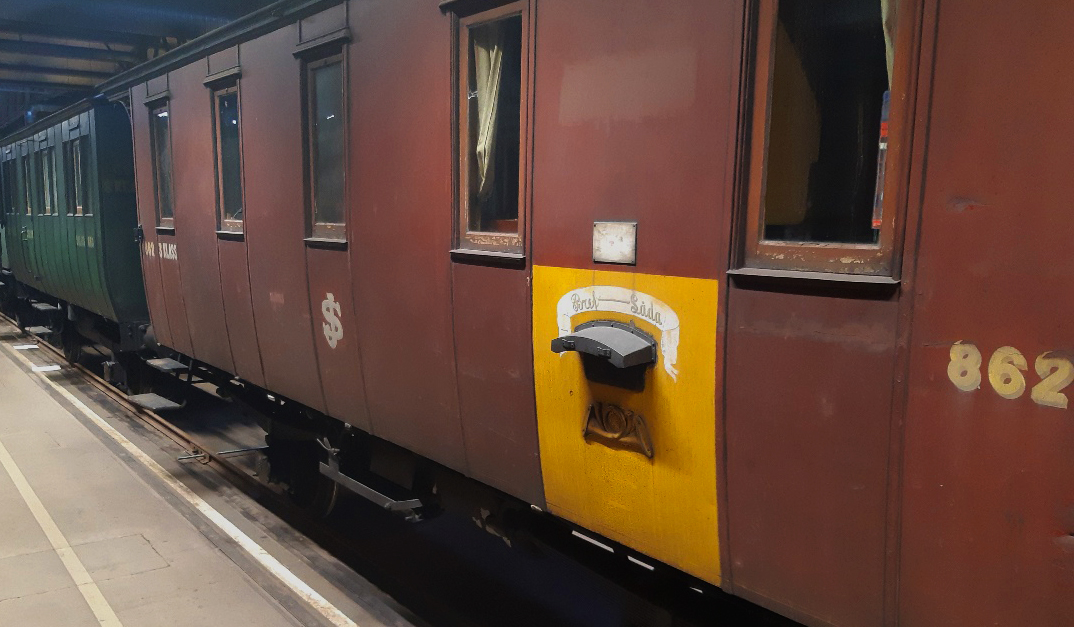
Vehicles
The Swedish Railway Museum has a representative collection of vehicles spanning the entire history of Swedish railways, from 19th century horse-drawn ore wagons to modern X2 motorised carriages. As a whole, the vehicles reflect the development of the railway through the ages. The collection, which is made up of over 300 vehicles, includes locomotives, wagons, carriages and other railway vehicles. Both standard gauge and narrow gauge vehicles (with a track gauge of less than 1435 mm) are represented.
Locomotives
The collection includes SJ’s early steam locomotives, classic electric locomotives and diesel locomotives. Standouts among the steam locomotives include Prins August, which was purchased for the brand new Southern Main Line (Södra stambanan) in 1856, and F1200, which was involved in Sweden’s most serious railway accident in 1918.
Sweden was an early adopter of electrification. This is reflected in our collection, where you will find both early test locomotives and long-running locomotives such as D and Rc locomotives. Different types of diesel locomotives are also represented.
Wagons and carriages
The vehicle collection includes sleeper carriages, seating carriages, freight wagons and postal wagons from 1854 to the present.
The museum also has restaurant carriages. The Cronstedt Carriage and the Sahlin Carriage (named after former directors-general at SJ) are used as a restaurant and bar, respectively, on our train trips. A restaurant carriage has been restored in the museum’s workshop, and the end result can be seen in the museum’s core exhibition.
Royal carriages are also part of our collection, namely Oscar II’s richly decorated audience carriage and a lavish carriage belonging to his consort, Queen Sophia. Many new railway lines were opened in the country during Oscar II’s reign from 1872 to 1907, and the King attended a number of these inauguration ceremonies. The carriage which our current royal family used for their mountain holidays and other trips has also been at the museum since 2001.

Vehicles not currently on display in the exhibition are kept in the museum’s vehicle storage facility. One example is the DC1a, a combination postal wagon and third class carriage from 1888.
Other vehicles
The museum’s collection also includes a number of service vehicles, such as draisines and snowploughs. There are also railbuses, including the faithful Y6 and Y7. Because they were so inexpensive to operate, they helped to stop or at least delay the closure of railway lines in the mid-20th century. Another well-known type of railbus in our collection is the Y1, which previously operated on the Inland Line (Inlandsbanan), and the classic Hilding Carlsson, which was a common sight on Swedish railways from the 1930s onwards.
More about vehicles
Most of the museum’s vehicles are parked in the museum’s vehicle storage facility at Nynäs in Gävle. In connection with the museum’s grand reopening in 2024, the vehicle storage facility will also be open to visitors.
A number of vehicles have also been loaned out to other museums and associations around the country. Some of the vehicles in the museum’s possession are also in service in our museum train trips around the country.